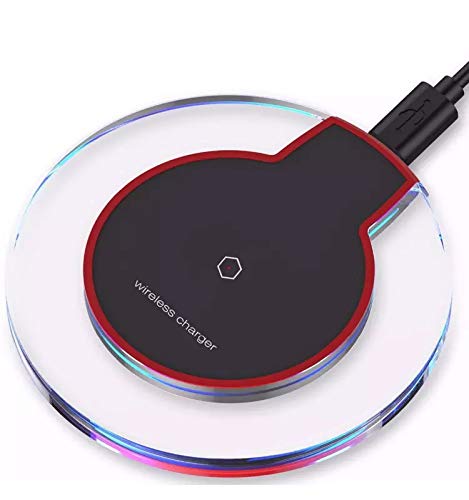
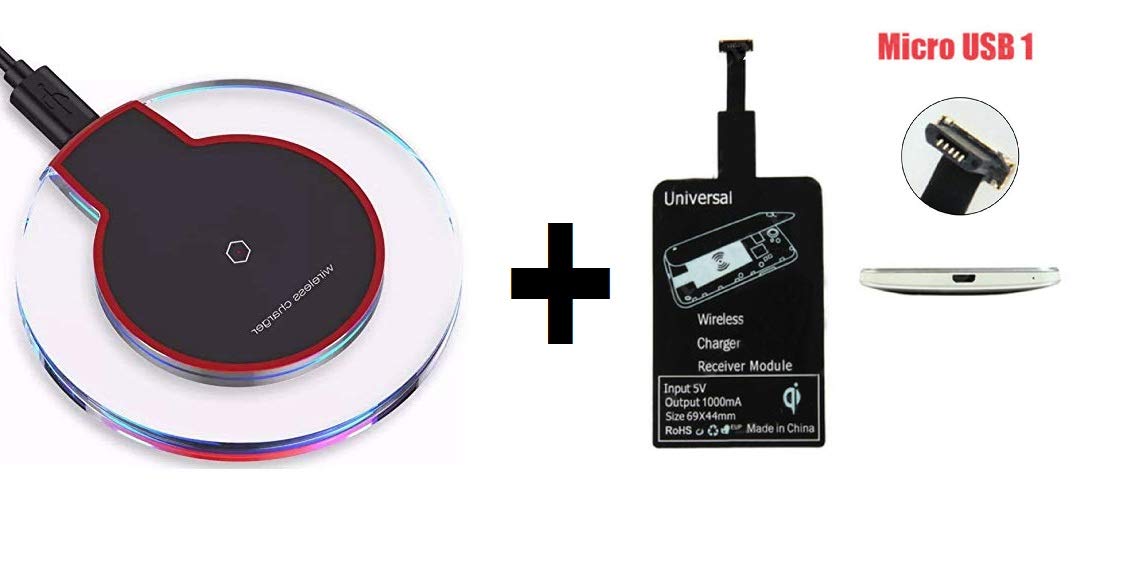
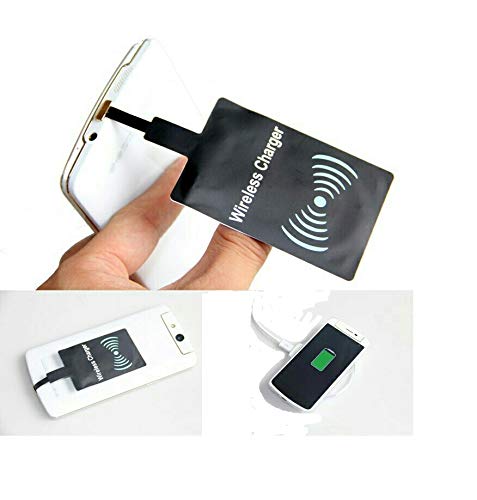
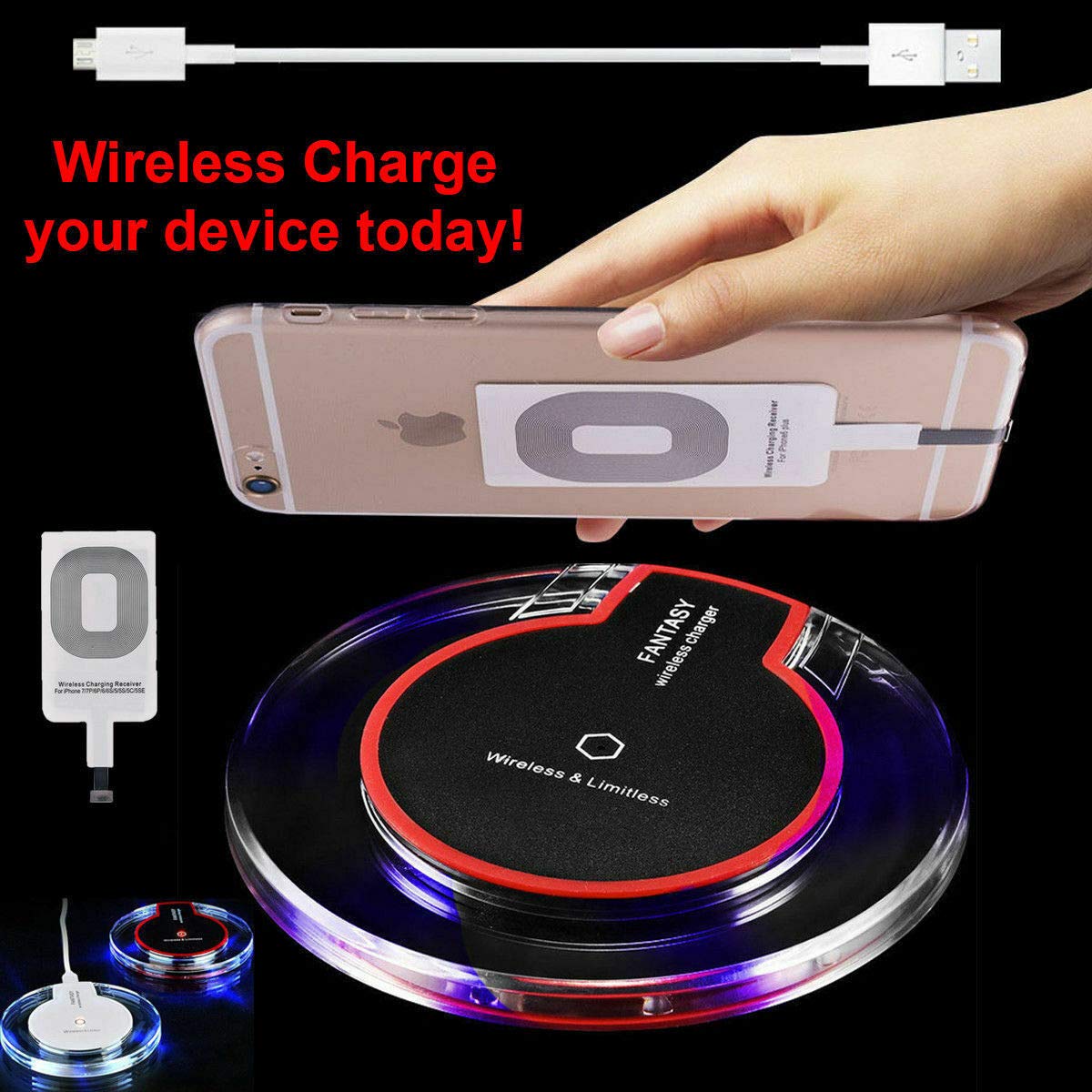
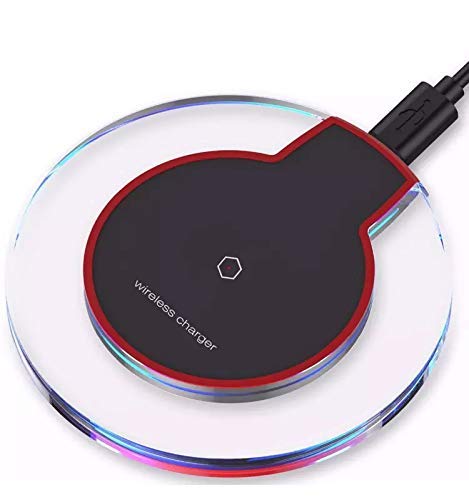
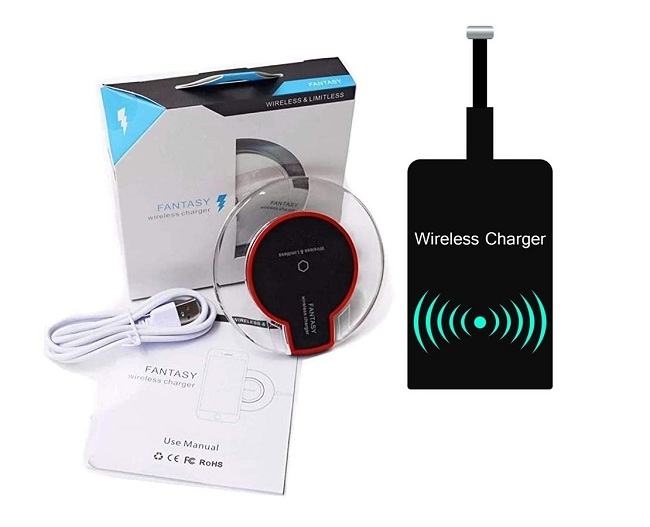
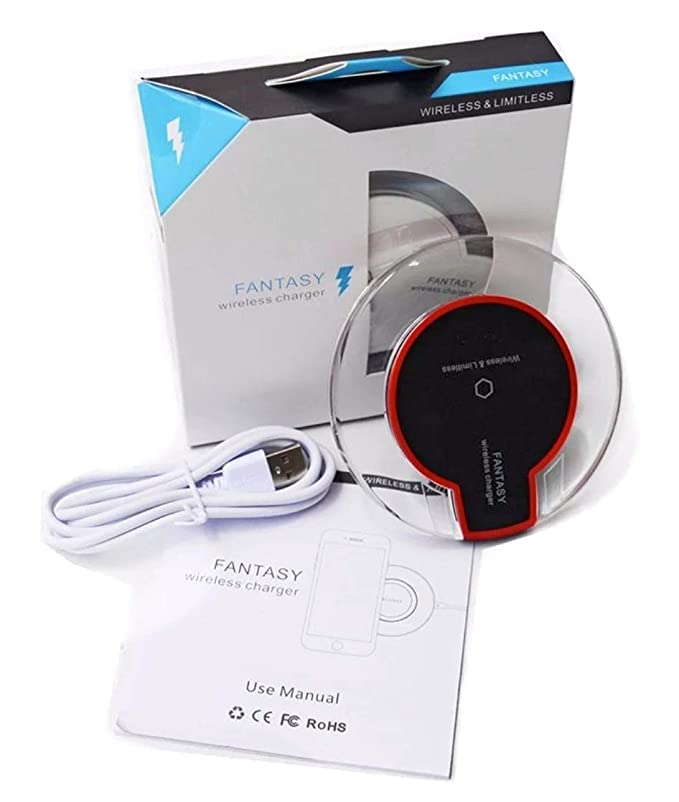
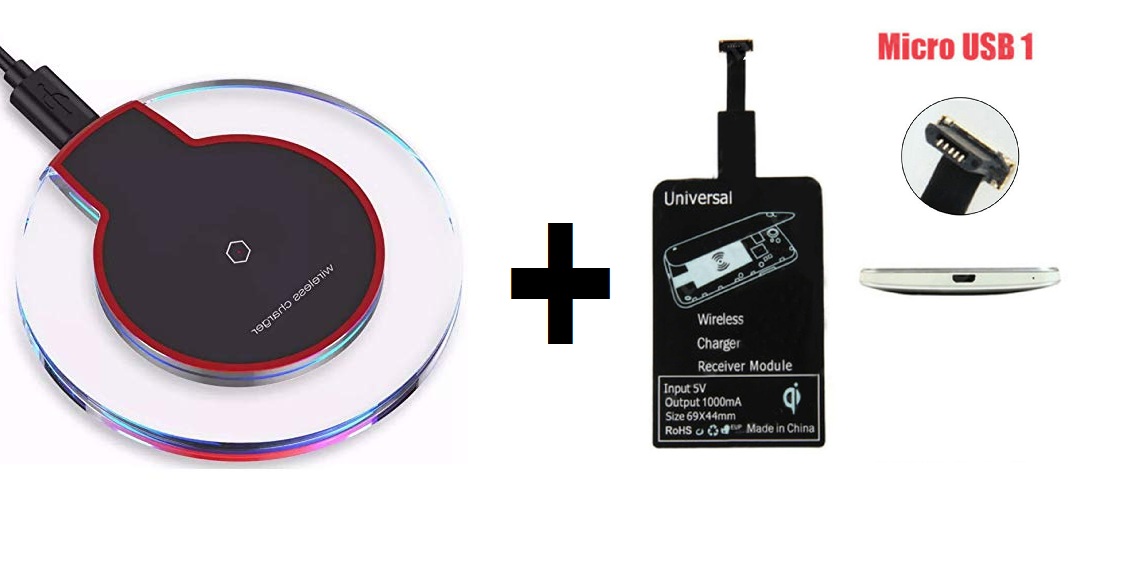
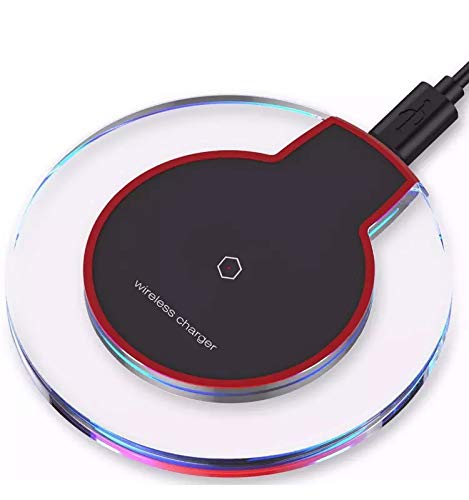
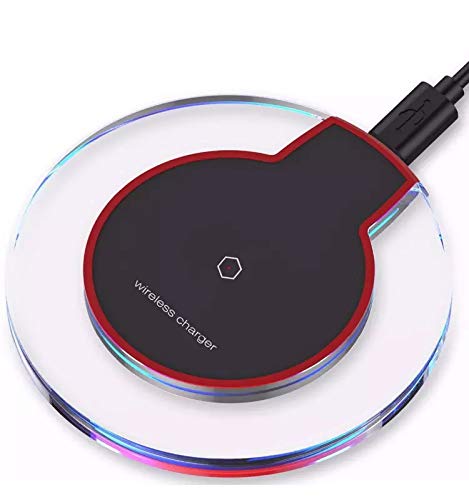
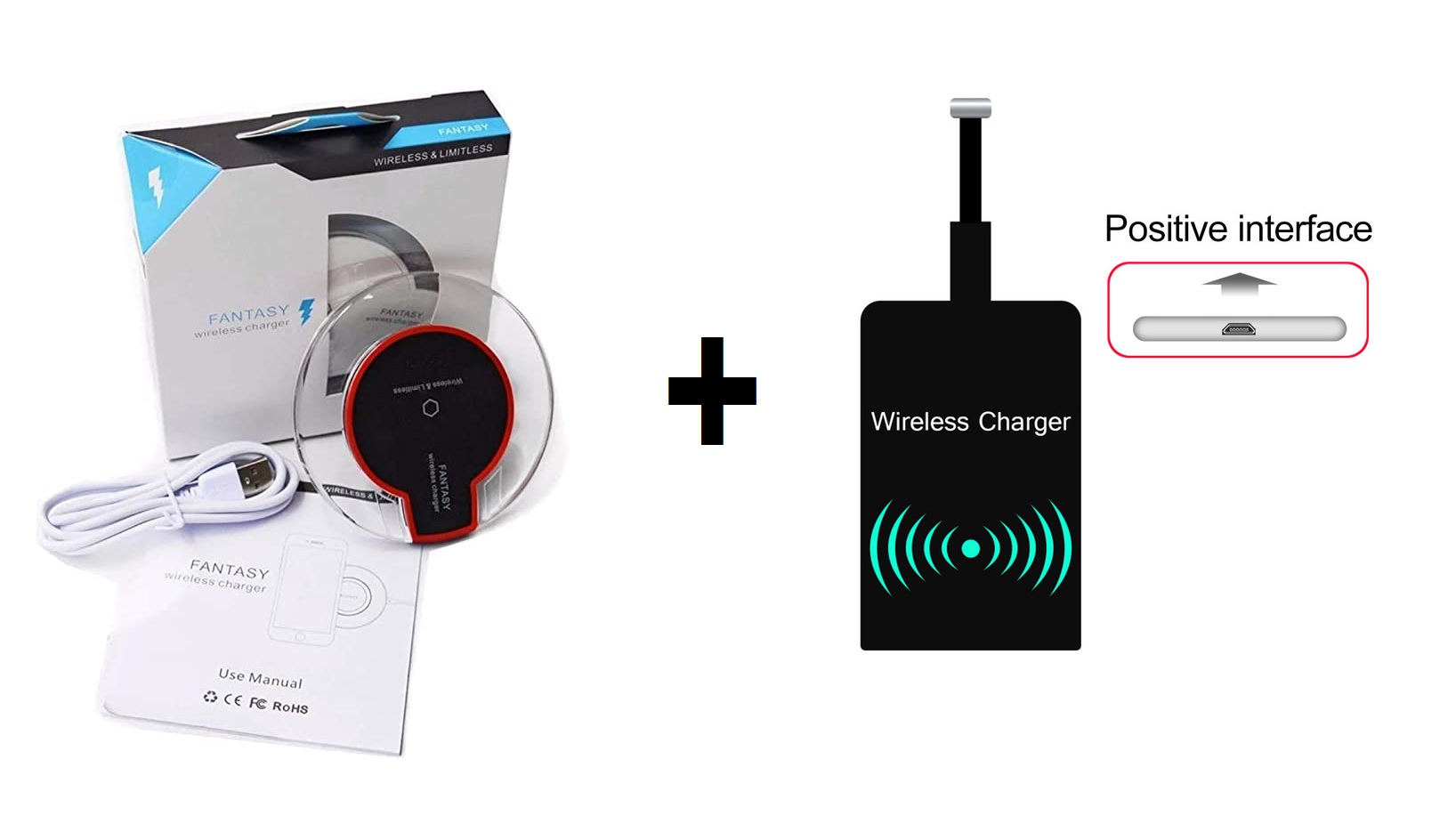
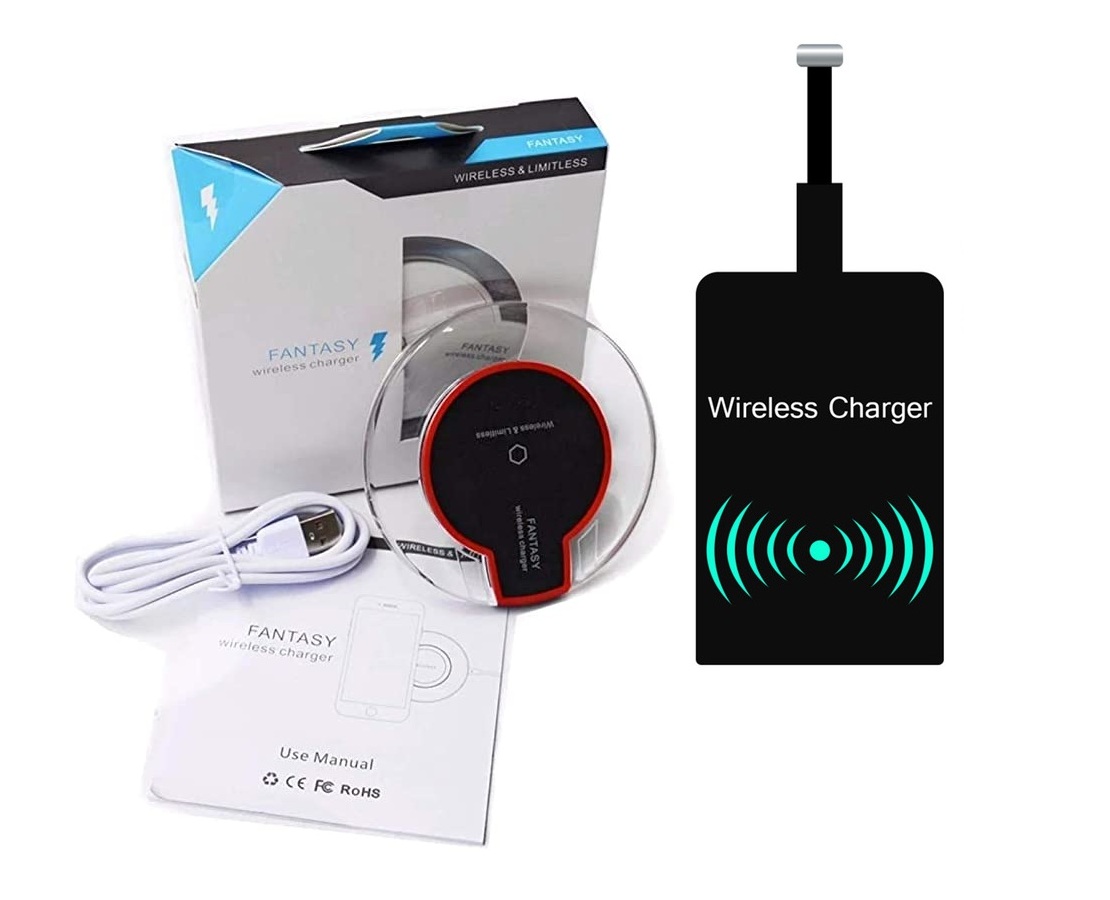
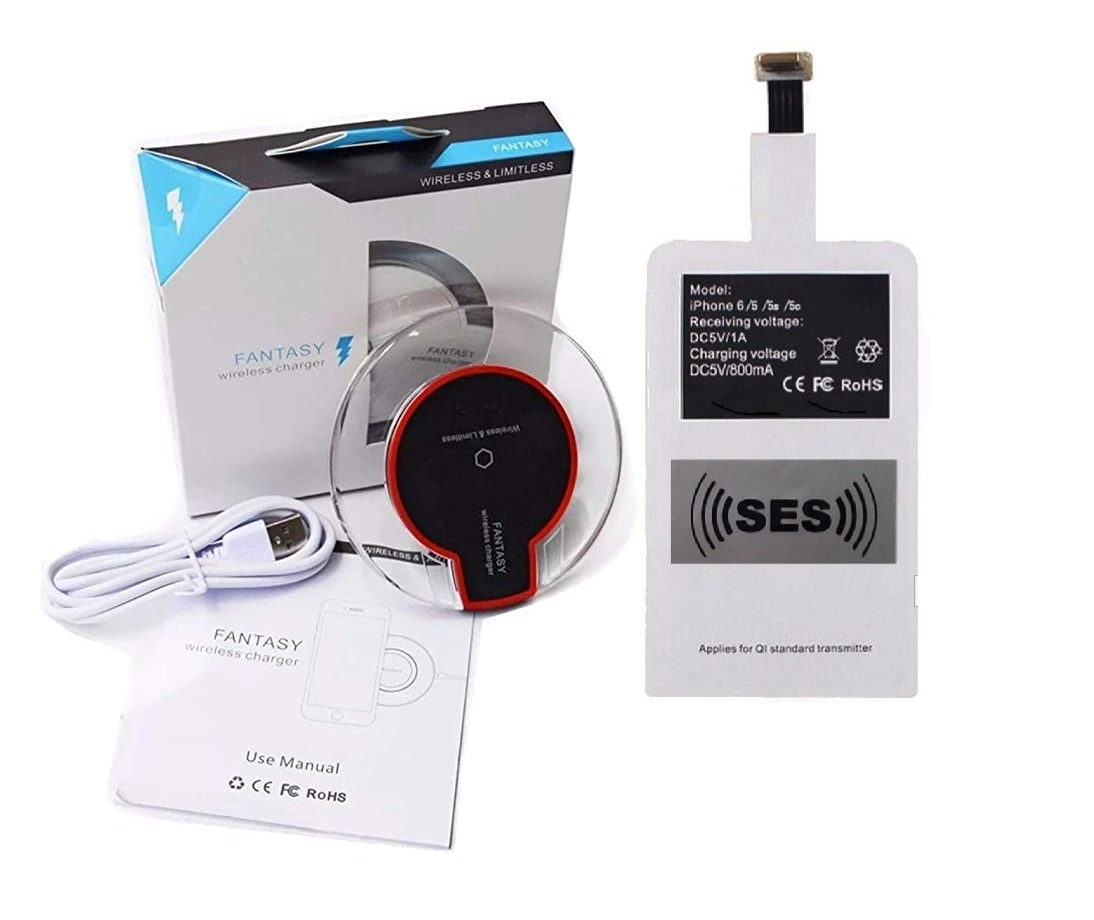
Find Q&As, Products info and reviews
Customer questions & answers
By Reshmi Singh on 25 July 2021
By on 06 April 2022
By on 06 April 2022
By on 06 April 2022
By xyz on 16 April 2024
By xyz on 16 April 2024
By xyz on 16 April 2024
By xyz on 16 April 2024
By xyz on 16 April 2024
Customer questions & answers
By Reshmi Singh on 25 July 2021
By on 06 April 2022
By on 06 April 2022
By on 06 April 2022
By xyz on 16 April 2024
By xyz on 16 April 2024
By xyz on 16 April 2024
By xyz on 16 April 2024
By xyz on 16 April 2024
Delivery is subject to our delivery locations which are open according to govt. regulations
Get free home delivery on orders over ₹499
Pickup from the store is subject to the availability of our store partner at the selected location
A wireless charger, also known as an inductive charger, is a device that allows you to charge compatible electronic devices without using a physical cable. It uses electromagnetic fields to transfer power from the charger to the device being charged.
Wireless chargers typically consist of two main components: a charging pad or mat and a receiver or receiver case. The charging pad is connected to a power source, while the receiver is built into or attached to the device you want to charge. When you place your device on the charging pad, the electromagnetic field generated by the charger induces an electrical current in the receiver, which then charges the device's battery.
One of the most common wireless charging standards is Qi (pronounced "chee"), which is widely adopted by various manufacturers. Qi-compatible devices include smartphones, smartwatches, and even some laptops. To use a wireless charger, your device must have a built-in Qi receiver or be equipped with a Qi-compatible receiver case or accessory.
Wireless chargers offer convenience by eliminating the need for cables and allowing you to charge multiple devices simultaneously on a single charging pad. They also reduce wear and tear on charging ports, as there is no physical connection required.